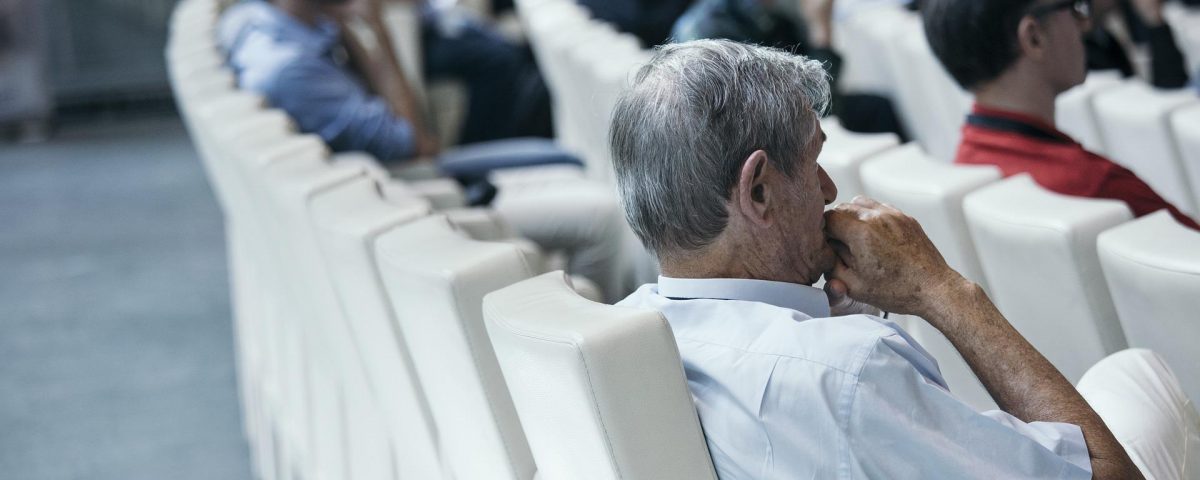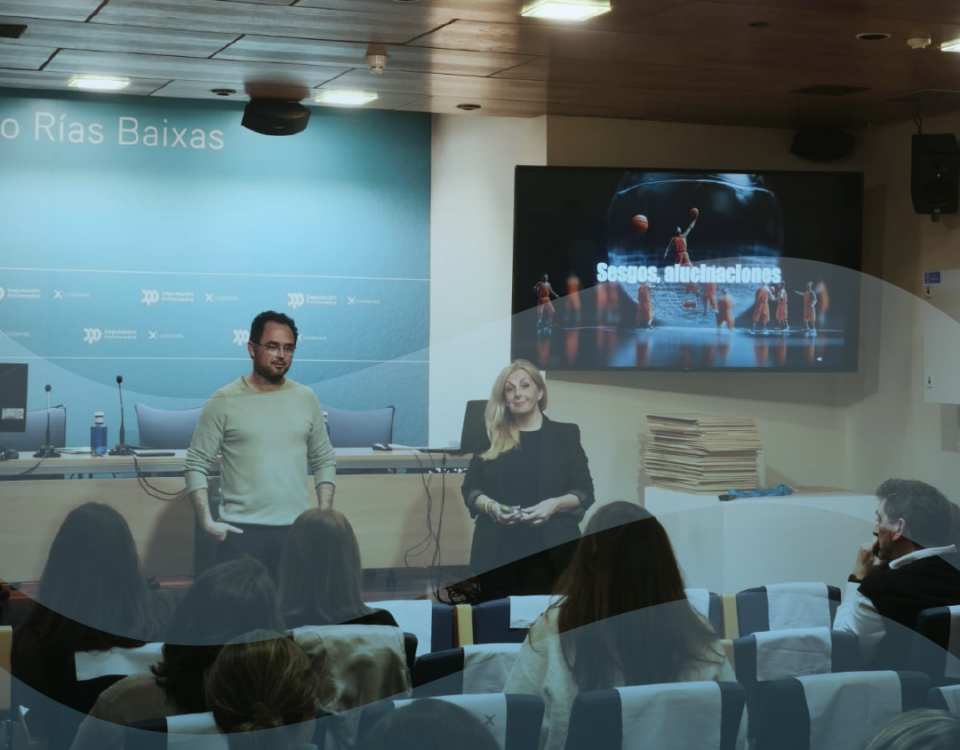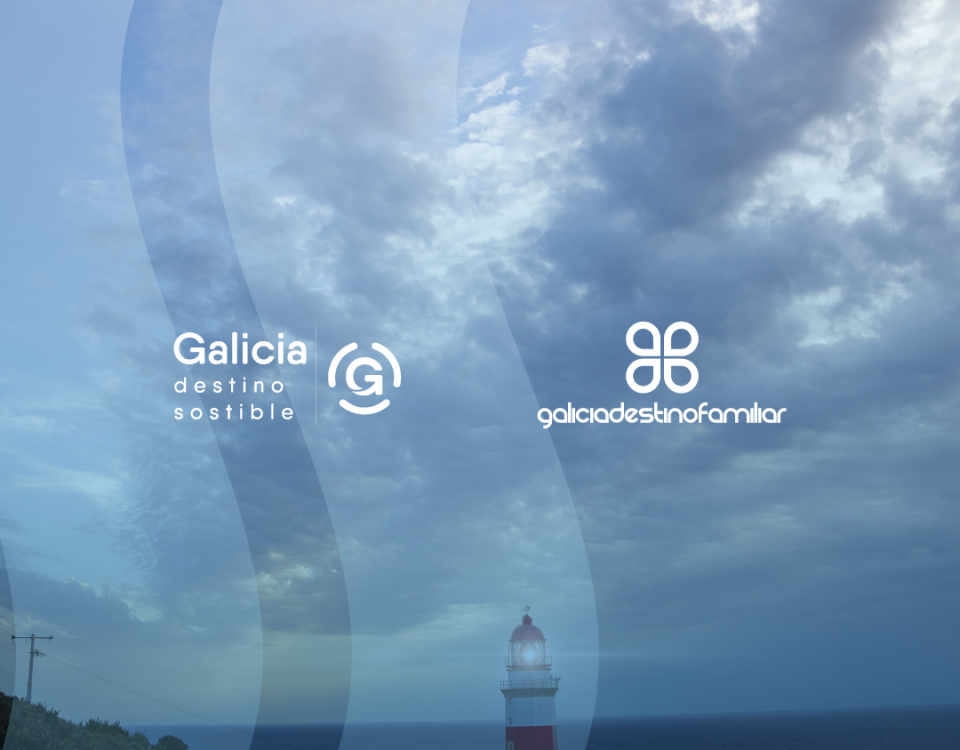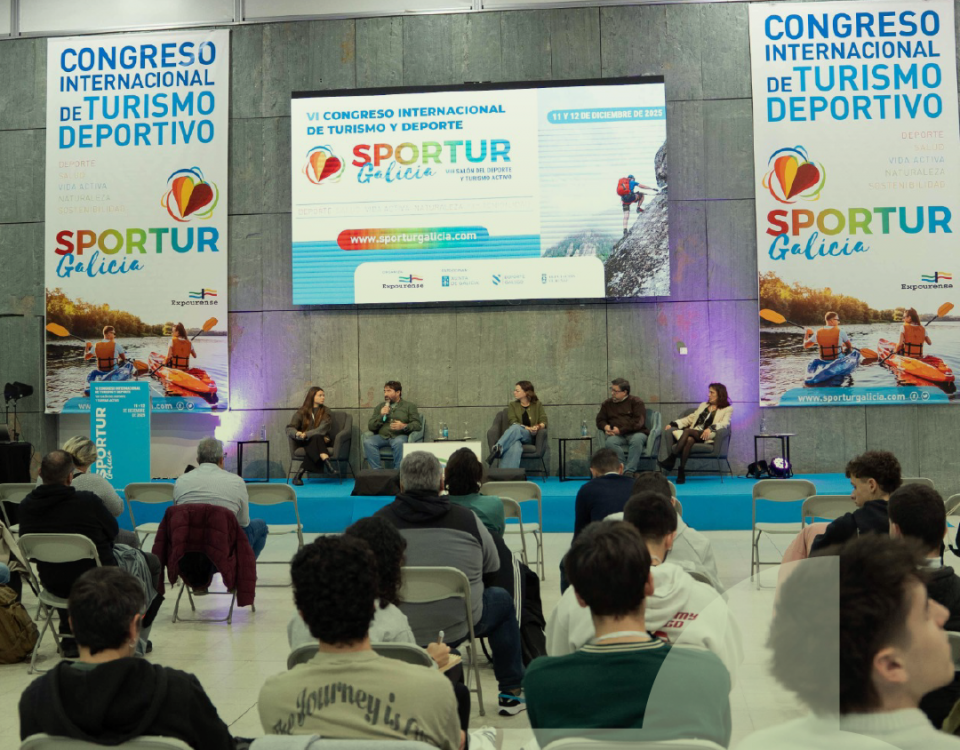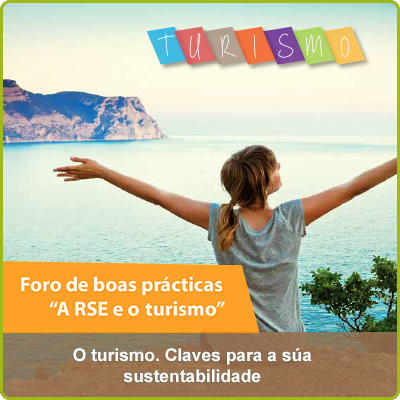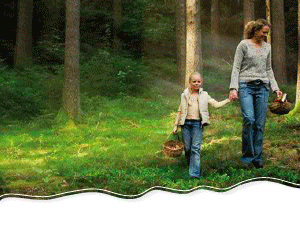- El mejor turismo de galicia
The Spanish market, at the head of MICE tourism preferences
The Spanish market, at the head of MICE tourism preferences
Climate, costs, accessibility, landscape and gastronomy are some of the aspects most valued by organisers and participants according to a study in which state tourism offices from several countries have collaborated.
An international study, in which Turespaña and the national tourism offices of other countries such as Holland, Germany, the United Kingdom and Canada have collaborated, reflects the privileged position that this country occupies in the preferences of MICE tourism organisers. This is highlighted by the heads of Turespaña when they point out that according to the Portrait of European meeting and convention travel “Spain is the leading destination for meeting and event organisers, followed by France, Germany, Italy and the United Kingdom”.
A total of 180 organisers and 1,600 participants in trade fairs, exhibitions, conventions, conferences and other similar events responded to the questions posed by the authors of the study, which included two questions proposed by Turespaña on the strengths and weaknesses of this country as a MICE destination. For the organisers of these meetings, Spain has in its favour the climate, the cost/benefit ratio and gastronomy, while the attendees also highlighted accessibility, the landscape, the environment, the cities and the good atmosphere. In terms of weaknesses, the former point out the low availability in high season, the fact that it is too well-known a destination, the high temperatures at certain times and the lower quality of services in some areas, and the participants add the problems with language and remoteness.
The study also shows a predilection for large European cities and coastal areas, but also an increased interest in unique locations and singular spaces. MICE tourism target audiences also demand more support from destinations and marketing companies, more accurate information, more sustainable and innovative programmes, and the availability of in-house technological and production equipment at the venue.
With regard to the prospects for the recovery of activity after covid, the study explains that the evolution will be staggered by segments of activity. Seminars and workshops will recover the fastest, followed by incentive programmes, with major trade fairs and conventions taking the longest to return to normality.

